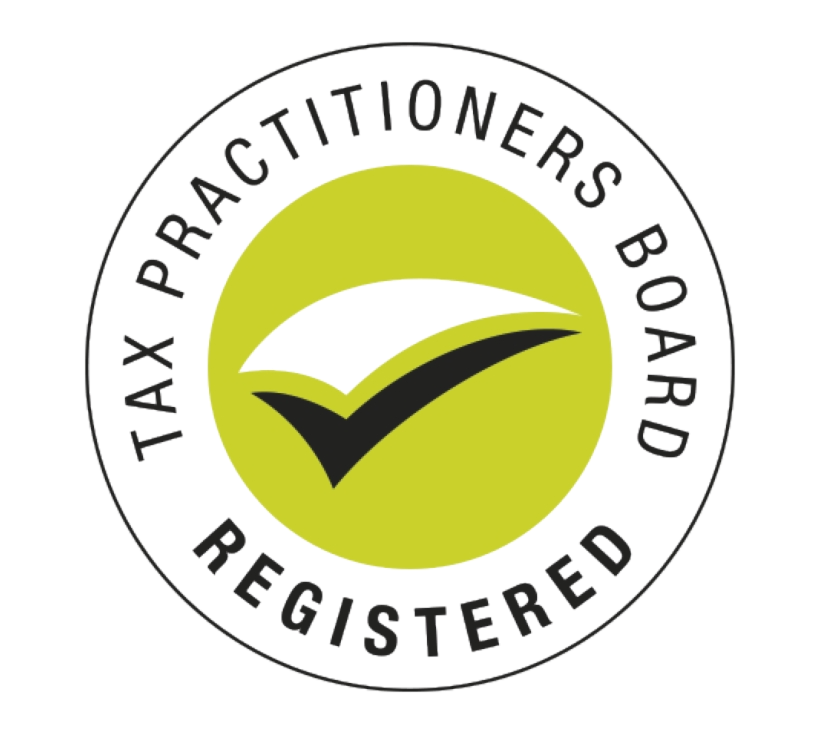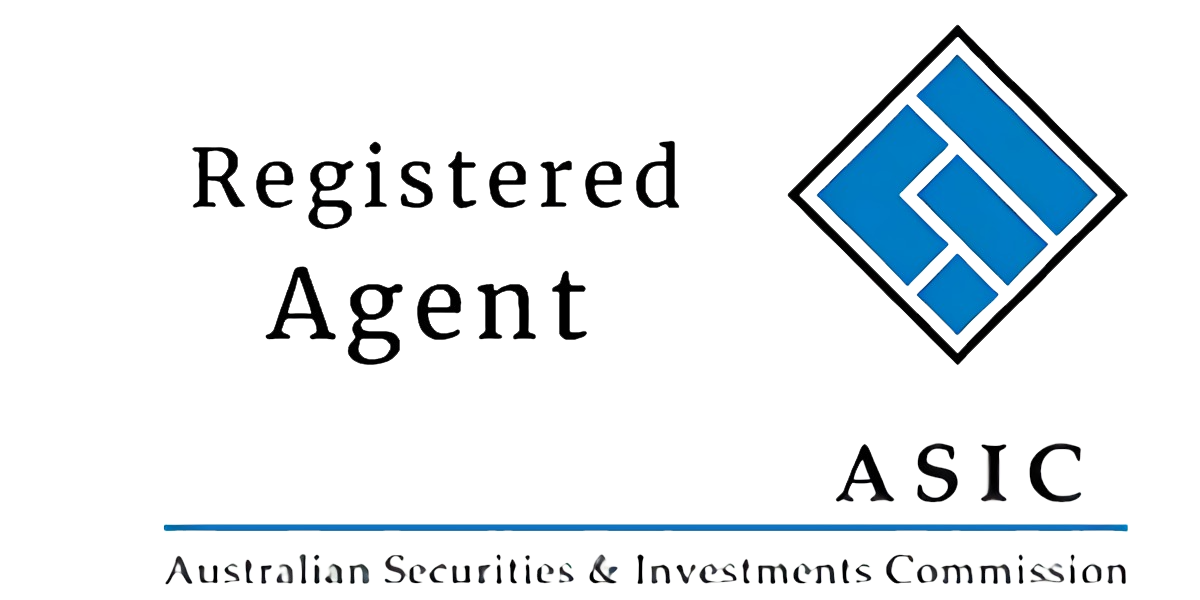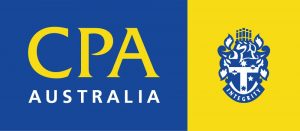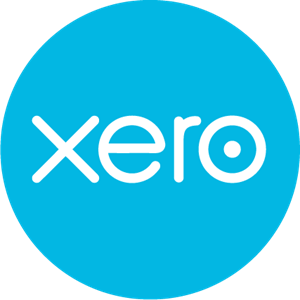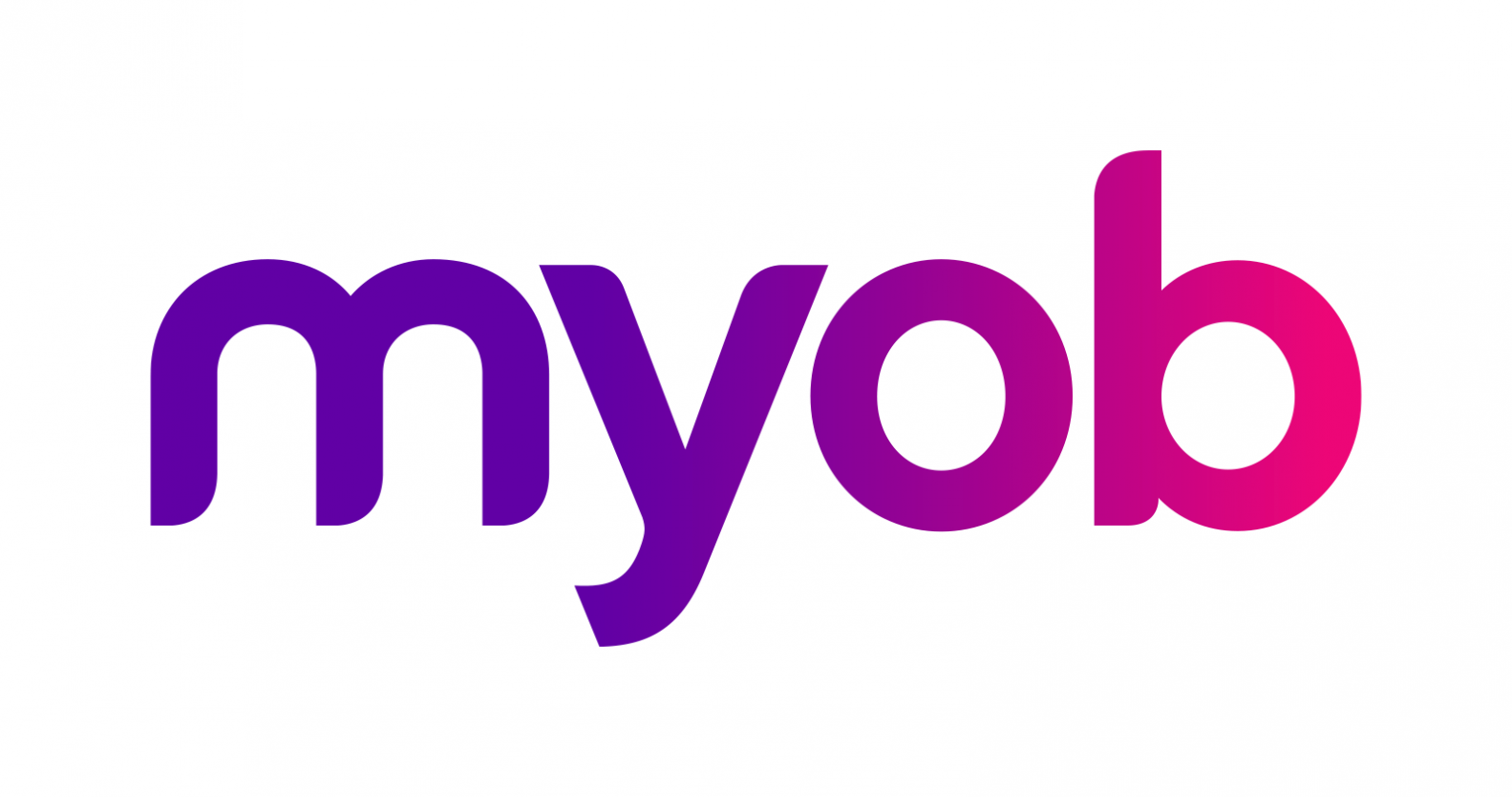Check if and how you can contribute money from the sale of your home into your super fund via a downsizing contribution.
Table of Contents

About downsizer contributions
If you are 55 or older, you may be able to contribute up to $300,000 from the proceeds of the sale (or part sale) of your home into your superannuation fund.
A downsizer contribution is a non-concessional contribution, but it doesn’t count towards the contribution cap. It will not affect your total superannuation balance until it is re-calculated at the end of the financial year.
However, downsizer contributions count towards your transfer balance cap. This cap applies when you move your super savings into retirement phase, and is taken into account in determining eligibility for the age pension.
You should consider seeking independent financial advice in relation to the age pension asset tests.
Visit the ATO Publication Ordering Service to download our Contributing the proceeds of downsizing to superExternal Link factsheet. This publication summarises everything to consider if you’re planning to contribute money from the sale of your home into your super fund.
Eligibility requirements
You must meet these eligibility conditions:
- You have reached the eligible age (and there is no maximum age limit) at the time you make a downsizer contribution
- from 1 January 2023, 55 years or older
- from 1 July 2022, 60 years or older
- from 1 July 2018, 65 years or older.
- Your home was owned by you or your spouse for 10 years or more before the sale – the ownership period is generally calculated from the date of settlement of purchase to the date of settlement of sale.
- Your home is in Australia and is not a caravan, houseboat, or other mobile home.
- The proceeds (capital gain or loss) from the sale of the home are either exempt or partially exempt from capital gains tax (CGT) under the main residence exemption, or the home would be entitled to the exemption if it was a CGT rather than a pre-CGT asset (acquired before 20 September 1985).
- You make your downsizer contribution within 90 days of receiving the proceeds of sale (usually at the date of settlement).
- You have not previously made a downsizer contribution to your super from the sale of another home or from the part sale of your home.
- You provide your super fund with the Downsizer contribution into super form (NAT 75073) either before or at the time of making your downsizer contribution.
Note: If your home was only owned by one spouse and was sold, the spouse that did not have an ownership interest may also make a downsizer contribution, or have one made on their behalf, provided they meet all of the other requirements.
How much you can contribute
You can make a downsizer contribution up to a maximum of $300,000 (each spouse), but the contribution amount can’t be greater than the total proceeds from the sale of your home.
Example: contribution of maximum amount
A couple, George and Jane, sell their home for $800,000. Each spouse can contribute up to $300,000.End of example
Example: contributions can’t exceed the total sale price
A couple, Bruce and Betty, sell their home for $400,000. The maximum contribution both of them can make is $400,000 in total. This means they can choose to contribute half ($200,000) each, or split it – for example, $300,000 for Betty and $100,000 for Bruce.End of example
Example: when a property is owned by one spouse
A couple, John and Fatima, sell their home for $600,000. Only John is on the title. Both John and Fatima meet all the other requirements, therefore both of them can both make a downsizer contribution of up to $300,000 each.End of example
Example: sale of home and ‘in specie’ contribution to a SMSF
Alisha has a portfolio of listed shares worth $150,000. She sells her home for $500,000. As Alisha meets all the other requirements, she can make a downsizer contribution of up to a maximum of $300,000 using a combination of her shares and cash.
A person can make a downsizer contribution in the form of an ‘in-specie’ contribution (normally this would be a self-managed super fund), provided the value of the asset is equal to all or part of the proceeds from the disposal of the qualifying dwelling.
Instead of using the cash proceeds from the sale to make their contribution, they choose to transfer a portfolio of listed shares into their SMSF which they already own individually.End of example
Example: selling part of the equity in a property
Robert and Wendy decide to sell part of their home’s equity, allowing them to continue living in the home.
Their home is currently worth $500,000, and they sell 20% of the equity in the home for $100,000. They can make a downsizer contribution of up to $100,000 between them. If they decide to sell more of the ownership interest in the property in the future, they will not be eligible to make another downsizer contribution as they can only access the scheme in relation to one disposal of an ownership interest in this or any other home.End of example
How to make a contribution
- Contact your super fund(s) to check that they accept downsizer contributions.
- You’ll need to submit a Downsizer contribution into super form (NAT 75073) to your fund(s) with or before your contribution is made. If you don’t, your fund may not be able to accept your contribution as a downsizer contribution.
- If you make multiple contributions to one or more super funds, you must provide a Downsizer contribution into super form for each contribution. The total of your contributions cannot exceed $300,000.
- Contributions must be made to your super fund within 90 days of receiving the proceeds of sale. However in some circumstances you may be able to request an extension of time.
How to request an extension of time
You may be able to request a longer period to make your contribution. For example, where a delay has been caused by factors outside your control, such as ill-health or a death in the family. However, an extension of time won’t be granted to allow you or your spouse to meet the age requirement.
Where possible, an extension of time should be requested within 90 days of receiving the proceeds of sale.
You will be able to seek a review of any decision we make in allowing a longer period. If you are dissatisfied with the length of the extension, or a decision not to allow a longer period, you can lodge an objection on the Objection form – for taxpayers (NAT 13471).
You can phone us on 13 10 20 to apply for an extension of time.
Example: extension granted
Ben is 77 years old and decides to sell his family home of 15 years. Settlement occurs on 1 August 2019. He purchases a new home in a retirement village which is due to settle on 1 October 2019.
The retirement village has only just been built and Ben’s settlement is delayed until 1 December 2019 while final council approvals are obtained.
Ben does not want to contribute funds from the sale to his super until after the settlement of his new property to ensure he has enough money to purchase and move into the property.
On his request, we give Ben an extension of time to contribute until 1 February 2020. This extension allows Ben enough time to settle on the new property and contribute the remaining money from his sale.
Ben can afford to contribute $200,000 to his super fund after the sale and makes this on 25 January 2020.End of example
Example: extension not granted
In January 2022 Rebecca turned 54 years old. She decides to sell her family home which she has lived in for 30 years with her husband James, who is 60. After the sale in July 2022, Rebecca requests an extension of time to make a downsizer contribution, as it is more than 90 days from the date of settlement until she turns 55.
We do not extend the timeframe on the basis that the timing of the sale was within Rebecca’s control.
Instead, Rebecca decides to make a non-concessional contribution to her superannuation from the sale proceeds which counts towards her non-concessional contributions cap.
Her husband James is eligible to make a downsizer contribution and contributes $300,000 to his super fund.End of example
If you make an invalid contribution
If we become aware that your contribution doesn’t meet the eligibility requirements, your fund will need to assess whether it could have been made as a personal contribution under their acceptance rules.
If your contribution is accepted as a personal contribution, the amount will count towards your non-concessional contributions cap.
If your contribution can’t be accepted, the contribution amount will be returned to you by your super fund.
Penalties may apply for making a false and misleading statement if you incorrectly declare you’re eligible to make a downsizer contribution.
Refer:ATO
Please contact Wiselink Accountants if you require further information


